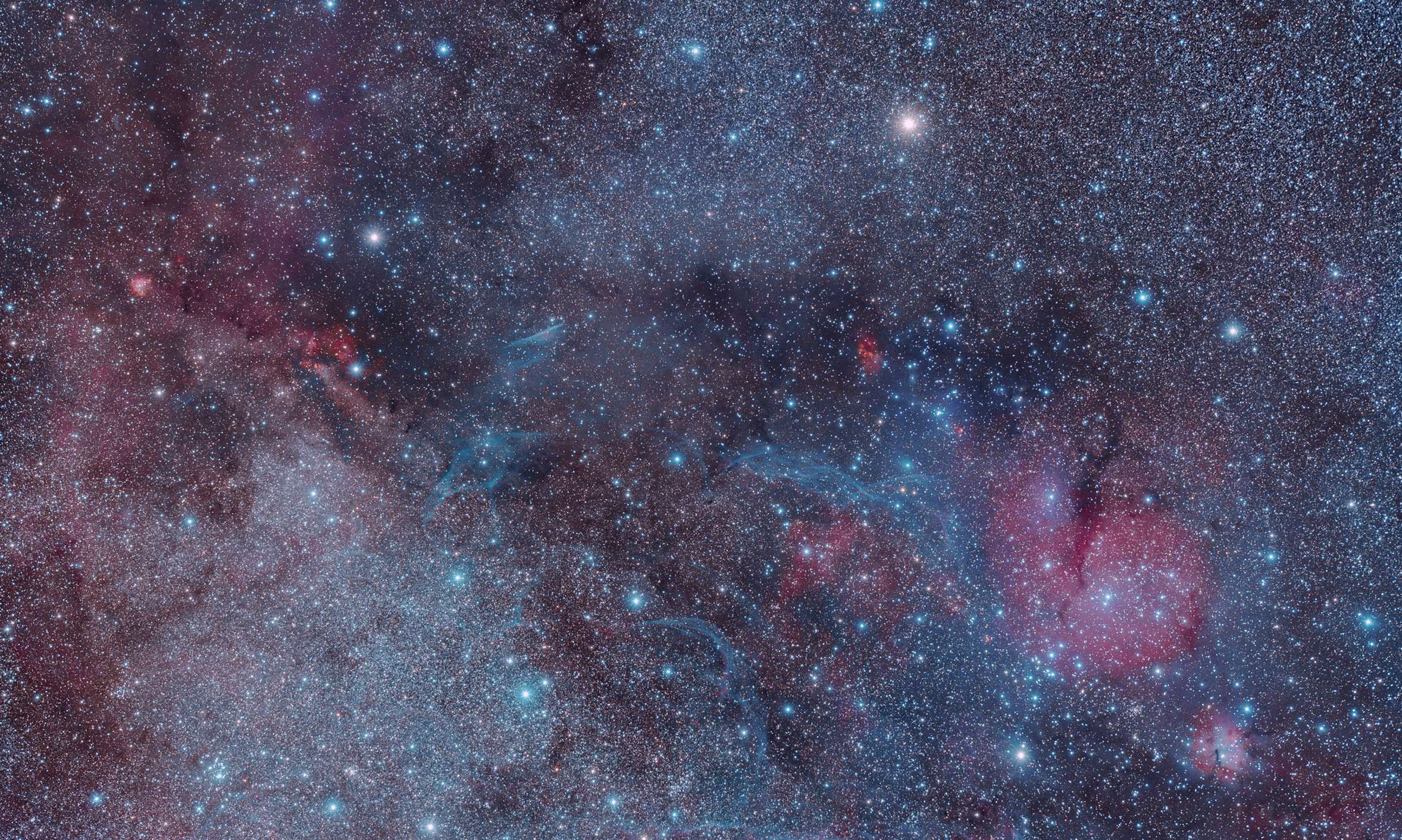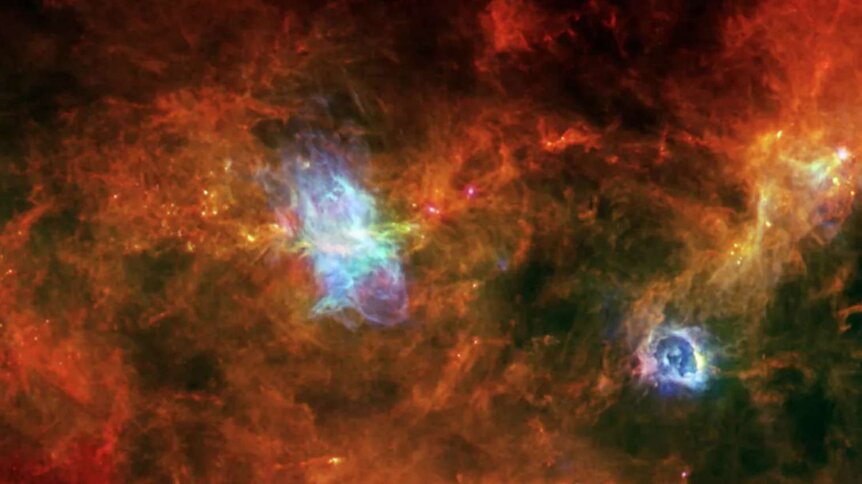Create a free profile to get unlimited access to exclusive videos, sweepstakes, and more!
Are we truly alone? Scientists scan 10 million stars and find nobody home

Sometimes no matter how hard you lend an ear to hear any intelligent stirrings in the universe, all you get back is the sound of silence.
Casting a wide net out into the vast cosmos in a monumental effort to search for signs of extraterrestrial civilizations, scientists at Australia’s Curtin University and CSIRO research organization just completed a 17-hour deep scan of 10 million stars for the source of radio transmissions of any kind and unfortunately came up empty handed.
The team's hunt was the most ambitious of its kind ever, listening to an unimaginably broad area of outer space by employing an array of 4096 spider-like antennas aimed at providing definitive proof of advanced life amid the stars. The cold void returned no such evidence, and while the results of the program were definitely disappointing, especially considering how many systems were targeted, there still is a significant chance that alien life simply isn't on the same technological frequency or just exists elsewhere.
Details of the scientists' comprehensive SETI research were published Monday in the journal Publications of the Astronomical Society of Australia, and regardless of the setback, the crew remains optimistic and will now decide which portion of the night sky to investigate next.
"Think of a car alarm when you leave your lights on, where there are a series of equally spaced 'ping' sounds," Chenoa Tremblay, study co-author and astrophysicist with CSIRO, explained to CNET. "The survey looks for a repeating ping that may be escaping noise from a planet or a purpose built signal."
To conduct their research, astronomers used the Murchison Widefield Array (MWA) in Western Australia, aimed towards the Galactic Center and the Orion Molecular Cloud (Galactic Anticenter).
Their new large-scale survey was directed at the Vela field using the MWA in the frequency range 98–128 MHz over a 17-hour period, and centered on the Vela Supernova Remnant where there are six catalogued exoplanets.
There, searching for narrow-band signals consistent with radio transmissions from intelligent civilizations, no unknown signals were found within the detection threshold.
“Looking for technosignatures is assuming that the civilization [has] technology similar to our own,” Tremblay added. “Where we go next will depend on the other science.”




























